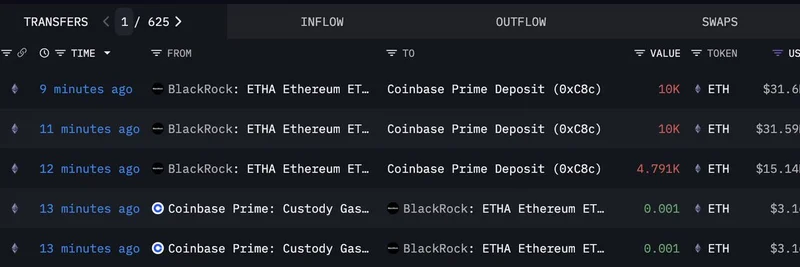Hey there, crypto enthusiasts! If you’ve been keeping an eye on the wild world of web3, you’ve probably heard about the latest security scare. On July 1, 2025, Asymmetric Research dropped a bombshell with their blog post titled Threat Contained: Behind the Scenes of a Blocked Phishing Attempt. This isn’t just another tech story—it’s a real-life thriller about how a clever attacker tried to trick one of their engineers. Let’s break it down and see what we can learn to stay safe in the meme token and blockchain space!
The Setup: A Wolf in Sheep’s Clothing
Imagine getting a message from a big-name web3 founder on Telegram—someone you admire in the crypto community. That’s exactly what happened to an Asymmetric Research engineer. The attacker posed as this well-known figure, mixing flattery with some tech talk to build trust. They pitched a “beta test” for a new hardware wallet, which sounded legit given the open, community-driven vibe of web3. This wasn’t a random spam email; it was a tailored attack designed to hook someone with technical know-how.
What makes this scary? The attacker used Telegram—a go-to platform for web3 chats—and crafted a story that felt like a real collaboration. It’s a reminder that social engineering (tricking people into giving up info) is evolving, and we all need to stay sharp.
How the Attack Unfolded
Asymmetric Research didn’t just ignore this—they turned it into a learning opportunity. They isolated the attack in a controlled environment (think a digital sandbox) and watched it play out. Here’s the step-by-step:
Step 1: The Bait
The engineer got a link to a fake Microsoft Teams page ([https://microsoft[.]teams-invite[.]us/dl/launcher]). It looked legit with valid security certificates, but clicking “Continue” led to an error pushing a download.Step 2: The Trap
The download was a sneaky DMG file (MicrosoftTeams.dmg) from a shady URL ([https://nmcrlab[.]com/4f014e59f43d39c6temp/]). Opening it asked the user to drag an app into Terminal—bypassing macOS security like Gatekeeper.Step 3: The Payload
Inside was a weirdRVQfile (MicrosoftTeams.RVQ)—not a real app, but obfuscated code to evade detection. It dropped a hidden file (.MicrosoftTeams) to kick things off.Step 4: Going Deeper
The malware asked for a system password via fake dialogs and tried to grab full disk access. It even set up persistence with LaunchDaemons and scripts to keep running after a reboot.Step 5: The Heist
Once in, it targeted crypto wallets (like Ledger Live and Trezor), browser data, passwords, and personal files. The stolen goods were zipped up and sent to the attacker’s server via a POST request.
This multi-stage attack shows how sophisticated scammers are getting, especially targeting crypto-rich environments.
The Takeaway: Lessons for Meme Token Fans
So, what can we learn from this close call? Asymmetric Research shared some golden nuggets:
- Telegram is a Target: Scammers love platforms where web3 folks hang out. Double-check who you’re chatting with!
- macOS Defenses Work: Features like Gatekeeper can stop attacks if you pay attention to warnings.
- EDR is Your Friend: Endpoint detection tools caught the malware in action—consider using one if you’re deep in blockchain.
- Avoid Downloads: Stick to browser-based tools instead of downloading standalone clients.
For meme token traders and blockchain practitioners, this is a wake-up call. Projects like Pudgy Penguins (mentioned in Cointelegraph’s report) have faced similar fake airdrop scams. Staying vigilant can protect your $PENGU or other hot tokens.
Staying Safe in the Web3 Wild West
The crypto space is exciting, especially with meme tokens popping off, but it’s also a hotspot for scammers. Asymmetric Research suggests treating security as an ongoing game—test your defenses and learn from every incident. If you’re building or trading on meme-insider.com, keep these tips in mind:
- Verify identities before clicking links.
- Use multi-factor authentication (MFA) on your wallets.
- Watch for odd file extensions or urgent requests.
This attack might have been stopped, but it’s a preview of what’s coming. As the web3 ecosystem grows, so will the creativity of those trying to exploit it. Let’s keep our communities safe and our meme token bags secure!
Want more insights? Check out Asymmetric Research’s full breakdown here or subscribe for their latest security updates. Stay curious, stay safe, and let’s navigate this blockchain journey together!

